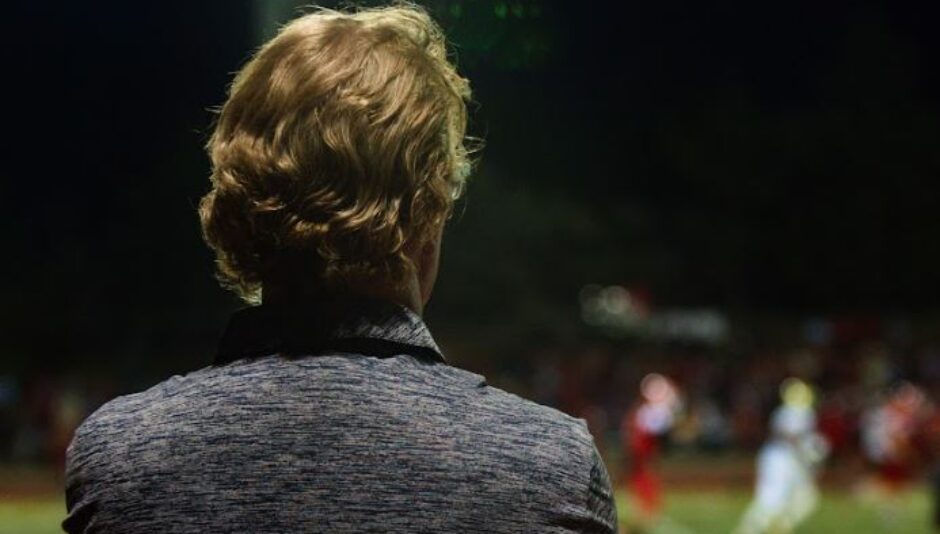The Journal presents my weekly reflections on being a private, Catholic school principal during what promises to be a year filled with energy, excitement, challenges and possibilities…

Rather than compare ourselves to anything outside, we are better served comparing ourselves to everything inside. We draw our markers for improvement from where we have been, and we shoot for where we believe we need to go…
At a meeting of the parent association of my school this past week, I was asked to compare what our approach to in-person classes during the pandemic has been in relation to other schools in the city. Generally, in preparation for these meetings which, after a brief report from me always include a Q and A session, I dial in on what I think might be on the parent’s minds. I try to be ready, to not be caught off guard. This is a question I was prepared to take.
I had a feeling it was coming as, over the weekend, one of the local television stations aired a report about another Catholic school in the area which has been open to in-person instruction all year long. I have some insights into this situation as my son is a first year teacher there (ignoring all fatherly advice and going into the “family business,” but that’s a story for another blog). I have some opinions, too. Additionally, we have a cross town rival school which is often held up to me as an example of what we should be doing (if what they are doing is perceived as different or better). I have a bit of insight into this school, too, as I served there for 20 years and my wife is well into her second decade working there.
The question from the parents was not aggressive, it was simply inquisitive. Do I know what other schools are doing? Do I talk to their principals? Do I base our decisions on these conversations and contexts?
My answer was not aggressive either. I do know what some other schools are doing. We are paying attention to that. I have, on occasion, spoken with their principals. But we don’t base our decisions on these conversations and these contexts.
Essentially, we do not compare ourselves to these other schools and we should not. Their contexts – the size of their student bodies, the configuration of their campuses, the cities and counties in which they do their work, all of these things – are very different from ours. They are so different that they have little with which to inform us.
Here’s the thing: I have written before and spoken about how comparisons to other contexts can influence goals of a school too readily and too deeply. Often we look to other schools, other campuses and faculties and leadership and think, “if only we had that, or were that, or those people were here, things would be different.” While that’s true, that changing those material things would make a school or a situation different, those alterations would not necessarily make a school or situation better.
Rather than compare ourselves to anything outside, we are better served comparing ourselves to everything inside. We draw our markers for improvement from where we have been, and we shoot for where we believe we need to go, not where someone else who doesn’t share our context believes we should go or has already gone.
This is not to say we cannot look outside and note what is good around us and how we can be better. It does mean that improving and changing and growing has to start from within, from our contexts, with our mission and values and people.
So, while I note that other schools are, in the midst of this pandemic, doing things differently than we, I trust that the decisions we have made and continue to make are in the best interest of our students and faculty and families. I compare us to us, and I think we are doing very well, indeed.
Our first positive case of the new calendar year hit our school last week but, as a result of revised quarantine rules and tighter policies on seating and movement in our classrooms, the amount of students and teachers missing school was significantly limited. This is a very good thing!
